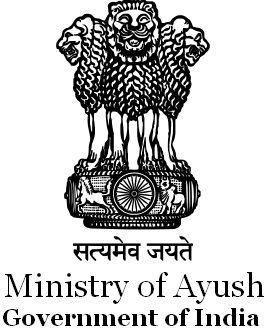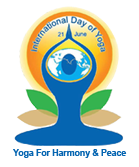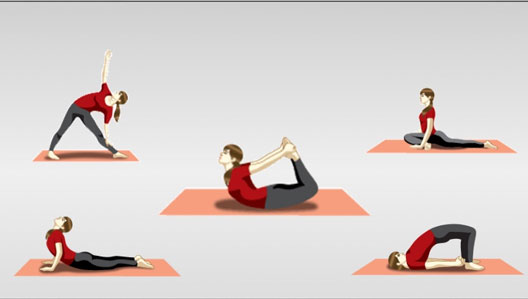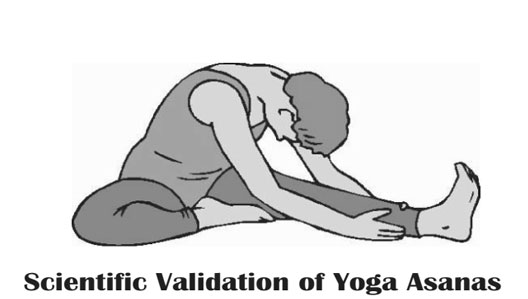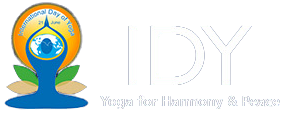Yoga, Health and Diseases
2021-05-24
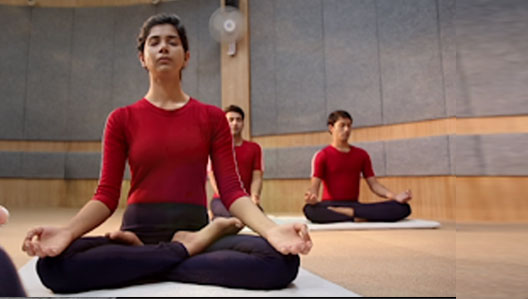
The practice of Yoga is believed to have started with the very dawn of civilization. The science of yoga has its origin thousands of years ago, long before the first religions or belief systems were born. “Yoga” has a wider range of meanings than nearly any other word in the entire Sanskrit lexicon. The act of yoking an animal, as well as the yoke itself, is called yoga. Yoga and its effect on lifestyle disorders are always highly reckoned. But there is always a confusion regarding, which style of yoga to be followed, how frequently we should do yoga etc as there are many styles of yoga around the world. This article is an attempt to summarize the original meaning of yoga and provide clarity about its practices.
For understanding this we should understand the true sense or meaning of yoga. The above picture depicts the different meanings of the word yoga. The yoga that is taught and practiced today has very little in common with the yoga of the 'yoga sutras' and other ancient yoga treatises. Yoga has been evolving with time where every group in every age has created its own version and vision of yoga. This is a process that has been ongoing for at least two thousand years. One reason this has been possible is that its semantic field the range of meanings of the term “yoga” is so broad and the concept of yoga so malleable, that it has been possible to morph it into nearly any practice or process one chooses.
Which style of yoga is good for me?
This is a million dollar question and at times confusing too. As already discussed yoga lost its original form eventually due to its malleable property and we ended up in practicing aerobic exercises in the name of yoga. Yoga is much different which involves mind, body and the soul together and facilitate in attaining salvation, i.e. liberation from sufferings.
Why Yoga?
With all the billion dollar advances of the technology and drug lobbies, we have not moved an inch in reducing the prevalence of diabetes, high blood pressure, cancers etc; rather we are challenged with increasing incidence of many of these diseases. The need of the hour is 'intravention', not 'intervention'. In a recent perspective, the current model of Yoga research is that resembles the pharmaceutical industry, with researchers trying to find a “single Yoga pill for each ill” and advocate people to follow this asana or that breathing exercise which is completely against the principle of yoga which advocates holism.
We see many excellent scientists jumping onto the Yoga bandwagon and researching Yoga. Excellent papers are published from a scientific perspective, but are very limited from a truly Yogic perspective.
Hence there is a need for the revamp in our approach to heap the true sense of benefit from yoga rather than merely aiming for reducing the blood sugar level or lower the blood pressure.
The need of the hour
Yoga is really not so much about the number of techniques we do nor is it about how many times or how long we do them. Yoga is life itself and is how we live in tune with our Dharma. We must not allow Yoga to be made “small” just so that it can “fit” the straight jacketed “box” of modern scientific methods. Yoga has to be stretched beyond asanas, pranayamas and meditation.
'Mitaharamvina yastu yogarambam tu karayet Nanarogo bhavet-tasya kinciyogo na siddhyati' - Gheranda Samhita.16
The above stanza stresses the importance of diet, an altogether forgotten context in yoga. This stanza reads that the initial phase of yoga if one does not observe the rule of moderate diet, one may suffer from a host of diseases and therefore success in yoga won't be there. The concept of yogic diet “Ahara” should be therefore merged well with the current set of practices. Otherwise yoga will be counter- productive considering its capacity to conserve energy.
Yoga, Health and Diseases
If we perceive health as an integrated state of oneness (advaita sukham) and disease as the discordant lack of it (dwaita duhkham).Then Yoga becomes the tool as well as the methodology and process of re-integration/re-harmonization at all levels of our being. Even when Maharishi Patanjali mentions “vyadhi” as a hindrance (antharaya) to the complete integration of the individual personality towards liberation. He doesn't directly refer to treatments of particular diseases, as his approach is more wholistic and expanded rather than being analytical and limited. Patanjali prefers to 'integrate' rather than deal exclusively with individual symptoms of dis-integration. Yoga Chikitsa (Yoga as a therapy) exists only when it is wholistic, all encompassing and integrated into every moment of one's life with awareness and consciousness.
Evidence and Yoga
Yoga in a nut shell is not a simple phenomenon to converge its effects to certain sets of practices; it's a life journey where we should apply the principles of ashtanga (yama, niyama, asana, pranayama, pratyahara, dharana, dhyana and samadhi) along the course to bring down the unhealthinesses. It is not always necessarily to prove this by high quality research, as we don't have a way out to measure how the mind and body behaves as we consider each person is different. Hence absence of evidence is not an evidence of absence. Sometimes using common sense is more effective than any research findings.
Conclusion
To conclude this conceptual write-up, it is recommended to practice yoga as a whole. Yoga is a simple way of life which is loaded with all components or determinants (Ashtanga yoga) of health in the form of different practices which yield better outcomes in all planes of being when practiced together in its original sense.

